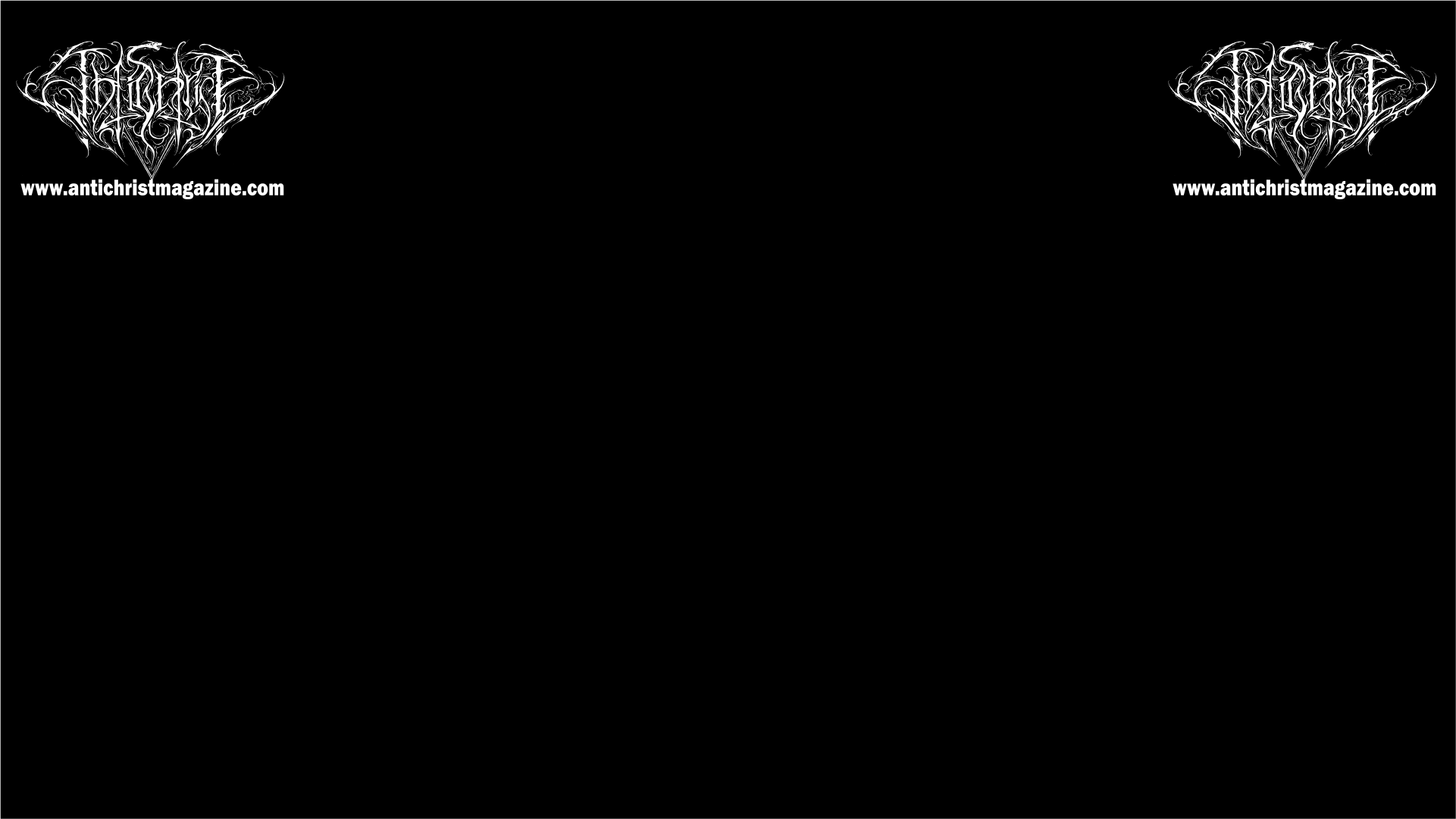 Winter finally found my home for the first time this year, in the form of freezing temperatures and an inch or so of snow. Despite the mid-November date on my calendar and a couple false starts, I’m still in shock because it was 60 degrees just the other day (about 15 Celsius for if you prefer metric) and the southern United States just got hit by a damn hurricane. There’s probably some correlation there, but I’m no meteorologist. My addled brain has its own predilections, and one of them is to yell “Where are my black metal records?!” at no one in particular whenever the thermometer drops below 30 degrees Fahrenheit. Is this statement going to make the people who live in more latitudinal extremes chortle derisively at my expense? Undoubtedly. Will this snow last until I get through just one song about taigas or fjords? Hell no. But go ahead and laugh at my theatricality, I’m going to make this first dalliance count.
Winter finally found my home for the first time this year, in the form of freezing temperatures and an inch or so of snow. Despite the mid-November date on my calendar and a couple false starts, I’m still in shock because it was 60 degrees just the other day (about 15 Celsius for if you prefer metric) and the southern United States just got hit by a damn hurricane. There’s probably some correlation there, but I’m no meteorologist. My addled brain has its own predilections, and one of them is to yell “Where are my black metal records?!” at no one in particular whenever the thermometer drops below 30 degrees Fahrenheit. Is this statement going to make the people who live in more latitudinal extremes chortle derisively at my expense? Undoubtedly. Will this snow last until I get through just one song about taigas or fjords? Hell no. But go ahead and laugh at my theatricality, I’m going to make this first dalliance count.
Call it kismet, I guess, that the next album I picked off my review stack is Stafia’s self-released full-length Tales from Beyond the Fog. The Romanian black metal project released the album in April 2022, bringing forward four of five songs from its 2021 debut demo as well as adding four new compositions. The resulting album is over 45 minutes of frigid brooding on topics fantastical, horrific, and the unholy union of the two. Tales from Beyond the Fog comprises the efforts of a lone individual, thus enmeshing it in a black metal tradition decades-long at this point. The legacy is well entrenched at this point: the lone misanthrope baring his teeth and hurling cruel curses on society shunned, finding solace only in the forests and mountains. Stafia fully cloaks itself in this aura, taking more than just influence as it follows a well-worn path.
At this point I can save you some time and effort by providing a quick litmus test for you in case you don’t want to read the next few hundred words:
- Do you prefer your black metal to be elementary and strident?
- Do you like when your favorite media gets remade?
If you answered ‘No’ to either of these questions, maybe don’t rush into this release. When I say that Stafia is influenced by a very specific style and sound from the early 90’s Scandinavian underground scene, what I mean is that Stafia very much is just that sound. The instrumentation is rudimentary, the vocals are plague-ridden and vile, and the notorious low fidelity aesthetic is intact front to back. But where other artists use these elements as reference points or conscript them for their own interpretations, Tales from Beyond the Fog feels like Stafia tallied off a list of minimum requirements without an eye towards the larger narrative. That Stafia is a lone endeavor is interesting to a point. But it’s a big ask to pay close attention when that endeavor is to blend in with an already established genre, no matter how many people are involved. Within that genre, the rudimentary nature of the musicianship can be bewitching and enigmatic. But here the effect is more laborious and plodding and left me holding out for something more deft to carry me through to the end. It’s a shame, because I’m always ready to throw a middle finger towards over-production and proficiency snobs. But that galvanizing impulse is only feasible when the outcome feels like an artist triumphing in a battle of wills over an instrument or device that they had no business trying to tame. When the purpose of the struggle is to sonically paint by numbers, the effect is more enervating than invigorating.
Stafia does authentically reproduce its influences, and meeting Tales from Beyond the Fog on those terms does evince a focus that ushers the listener from track to track. “Mostly” is the operative word here, because the two instrumental tracks “Vestibulul Astral” and “Towards the Misty Forest” feel like the antithesis of this focus. Both songs I think are aiming for ambient sound-scaping, but instead they come across more like warmup exercises included in the final mix. Were it not for the deliberate and weighty pace through the rest of the album, putting nearly 9 minutes of lone ambulatory guitar in the middle of this album would qualify as a momentum killer. Coming through the other side of that gauntlet, though, rewards the listener with the two most interesting tracks comprising the album’s conclusion. “The Black Swordsman” finally allows for some variation in rhythm and cadence, and “The Tower Beyond the Fog” changes things up by including a synthesizer. The new instrument breaks up some of the monotony of the prior songs, but I was left wondering why Stafia didn’t feature it before the very last song if synthesizer was in their employ all along. It’s certainly prevalent enough in much of Stafia’s references. Ninety seconds of the same riff looping without any variation ended up being my answer to that quandary.
So the question of whether to recommend Stafia’s Tales from Beyond the Fog is more philosophical than I was expecting. Does an artist produce for their own sake or for public consumption? Is a redux of pre-existing material a worthwhile endeavor? Regarding the former, Tales from Beyond the Fog feels very solipsistic and tailor-made for a very specific audience. That audience does not include me, for what it’s worth. Touching on the latter, I’m not going to make a judgement on the act of borrowing heavily and obviously from influences. I listen to and enjoy a lot of bands that do precisely that, and I would probably struggle to tell them apart from one another if I was listening to them blind. What I will say is that Stafia fails to truly carve out their own space, and there doesn’t appear to be any goal beyond emulation. In that way this is a very safe album: intentionally narrow and very predictable. From another perspective you could also say reliable, but even the deepest wells eventually run out after too many withdrawals. So maybe the bigger question is: how many times does Stafia intend to make this trip?
If you really would like to support Antichrist, you can just Share our article.
You can also support Antichrist by sending a couple bucks to cover some webhosting expenses. =>> PayPal


